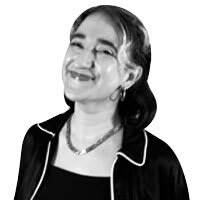How ‘Julia’ Brought Julia Child’s Paris to Delicious Life
CITY OF LIGHTS
Some of the most stunning sequences in Max’s Julia Child series recreates the joyous, yet emotional time she and her husband spent in France. Here’s how the show pulled it off.

Trending Now




